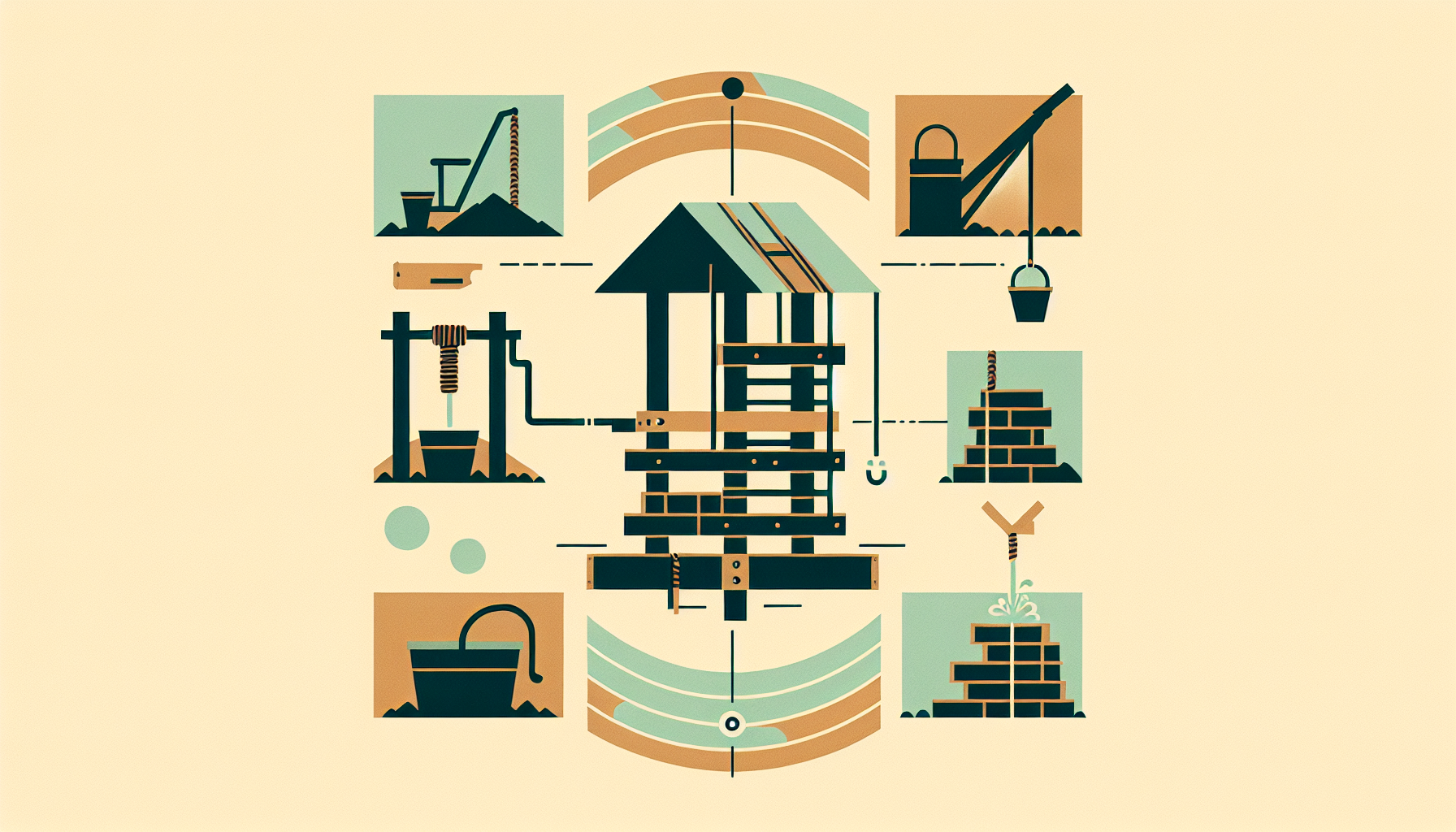How to make a well
FAQs → How to make a well
Drilling or digging a well is an important process for accessing groundwater, especially for those living off-grid or in remote areas. There are two main methods for making a well: drilling and digging. Each approach has its benefits depending on the situation, budget, and the depth required.
Drilling method:
Borehole drilling involves using a drill rig and bit to reach deep into the ground, often up to 100 feet or more. This method is quick, typically taking only a few hours, and is reliable for reaching water in many soil types. However, it is more expensive due to the specialized equipment required.
Rod rigs are a less costly alternative to borehole drilling. They involve manually drilling with a hand-operated or engine-powered rig. This method is slower but can be suitable for shallower wells where the water table is closer to the surface.
Digging method:
Scoop-and-toss digging is a more labor-intensive and traditional method, commonly used for small-scale water collection or in areas with softer soil. This method is cheaper but requires significant manual effort, and it is less ideal for deeper or larger wells.
The process of drilling or digging a well:
1. First, choose a location based on geological information and proximity to water sources. Make sure the well site is at least 50 feet away from any potential contamination sources like ponds or streams.
2. Mark the area where you plan to drill or dig.
3. If manually digging, create a trench. If using a drill, secure the equipment according to the manufacturer’s instructions.
4. Begin drilling or digging through layers of soil and rock until you hit an impermeable layer, which signals the presence of groundwater.
5. Test the well’s depth by lowering a probe or pipe to ensure there’s an adequate water supply. Depending on the results, you may need to continue drilling deeper or use an additional method like hand-auguring.
Wells need regular maintenance to ensure proper function. This includes installing casing (steel or PVC pipes) around the borehole, adding a cap to cover the well, and setting up a reliable pumping system. It's also important to follow local regulations for well construction and operation to avoid contamination and ensure safety.
Important safety considerations include wearing protective gear like gloves and safety glasses while working. Be alert for signs of gas exposure during drilling or digging, which may indicate poor well construction or natural gas leaks. Address any concerns immediately to prevent hazards.
By understanding and applying these methods, you can effectively create a well that provides a long-term, reliable water source. Proper planning and execution ensure both safety and efficiency throughout the process.

